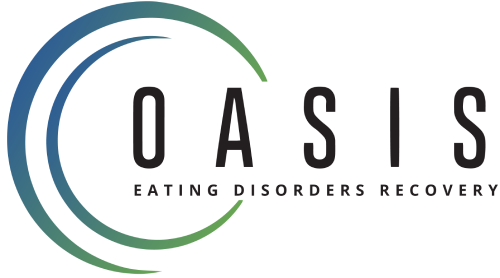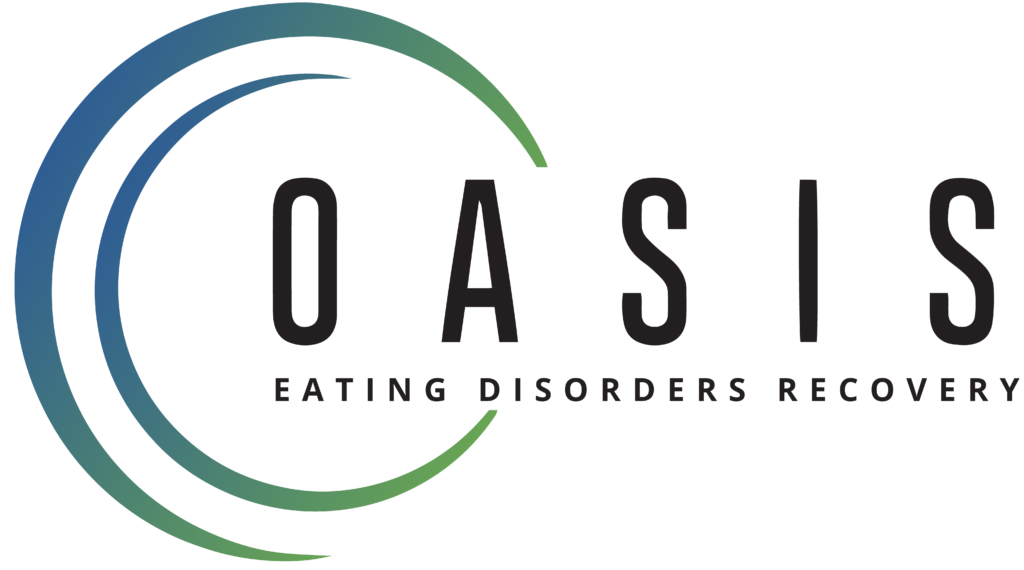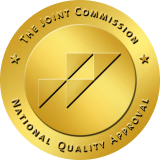Choose Facility
The Dangers of Compulsive Exercise in Eating Disorder Recovery
Eating disorders are complex mental health conditions with serious physical and emotional consequences. Recovery from these disorders often involves a multidisciplinary approach that includes therapy, medical care, and nutritional counseling.
However, an often-overlooked aspect of recovery is the role of exercise. Some individuals recovering from an eating disorder can make exercise a compulsive behavior that hinders their recovery and overall well-being. In this blog post, we will explore the threats of compulsive exercise in eating disorder recovery and discuss strategies for finding a healthier balance.
Understanding Compulsive Exercise
Compulsive exercise, also known as exercise addiction or anorexia athletica, is a behavior characterized by an unhealthy obsession with exercise. Individuals with compulsive exercise may feel an intense need to exercise, often at the expense of their physical and mental health. They may prioritize working out over social events, relationships, and even their own well-being.
In the context of eating disorder recovery, compulsive exercise can be particularly dangerous. For individuals recovering from anorexia nervosa, bulimia nervosa, or binge eating disorder, the use of exercise as a means of controlling weight or compensating for food intake can reinforce disordered eating behaviors. It make it more difficult to achieve a healthy relationship with food and body image.
Compulsive Exercise: When Fitness Obsession Turns Unhealthy
1. Physical Health Risks
One of the primary dangers of compulsive exercise in eating disorder recovery is the potential for severe physical health complications. Excessive exercise can lead to injuries, such as stress fractures, sprains, and strains. Additionally, over-exercising can result in a weakened immune system, making individuals more susceptible to illness.
To those recovering from an eating disorder, compulsive exercise can also exacerbate the physical health risks associated with their disorder. For example, individuals with anorexia nervosa often have weakened bones due to malnutrition. Compulsive exercise can increase the risk of fractures and other injuries in these individuals.
2. Mental Health Consequences
Compulsive exercise can also have significant mental health consequences for individuals who are trying to recover. The obsession with exercise can contribute to anxiety, depression, and feelings of guilt or shame when unable to maintain an intense exercise routine. This can further hinder the recovery process and make it more difficult to develop a healthy relationship with food and body image.
3. Interference with Recovery
As mentioned earlier, engaging in compulsive exercise can reinforce disordered eating behaviors and make it more challenging to achieve a healthy relationship with food. For instance, an individual recovering from bulimia nervosa may use exercise as a means of purging after a binge, perpetuating the cycle of binging and purging.
Additionally, compulsive exercise can become a substitute addiction for those in recovery, replacing the eating disorder with another form of unhealthy behavior.
Finding a Healthy Balance
In order to prevent the dangers of compulsive exercise in eating disorder recovery, it’s essential to establish a healthy relationship with physical activity. Here are some strategies to help find a balanced approach to exercise:
1. Set Boundaries
Establishing clear boundaries around exercise can help prevent compulsive behavior. This may involve setting limits on the frequency, duration, and intensity of workouts and setting realistic, healthy fitness goals. Individuals in the early stages of recovery may need to abstain from exercise altogether until they can establish a healthy relationship with physical activity.
Instead of focusing on exercise as a means of controlling weight or compensating for food intake, shift your focus to finding activities that you genuinely enjoy and that promote overall well-being. This can help to prevent the development of compulsive exercise behaviors.
2. Prioritize Self-Care
Focusing on self-care can help individuals resist the urge to engage in compulsive exercise. This may include activities such as meditation, journaling, or spending time with loved ones. By prioritizing self-care, individuals can develop healthier coping strategies to replace compulsive exercise.
3. Seek Professional Guidance
Working with a therapist or dietitian who specializes in eating disorders can be beneficial in addressing compulsive exercise behaviors. Professionals can help individuals develop a personalized plan for incorporating exercise into their recovery in a healthy, balanced way.
4. Listen to Your Body
Learning to listen to and respect the body’s signals is an essential component of eating disorder recovery. This includes recognizing when the body needs rest or when exercise may be causing harm. By tuning into the body’s needs, individuals can develop a more balanced and sustainable relationship with exercise.
Conclusion
Compulsive exercise can pose significant dangers for individuals in eating disorder recovery. Recognizing the risks and working to establish a healthier relationship with exercise makes it possible to maintain a balanced approach to physical activity that supports overall health and well-being.
Do you need support, compassion, and hope in your journey to recovery? At Oasis Eating Disorders Recovery, we understand that living with an eating disorder takes a toll on you and your friends and family. Our program is designed to help restore your health and wellness so that you can get back to living a fulfilling and meaningful life.
All Rights Reserved © by Oasis Eating Recovery Center | Website Sitemap | Privacy Policy | Billing Policy



